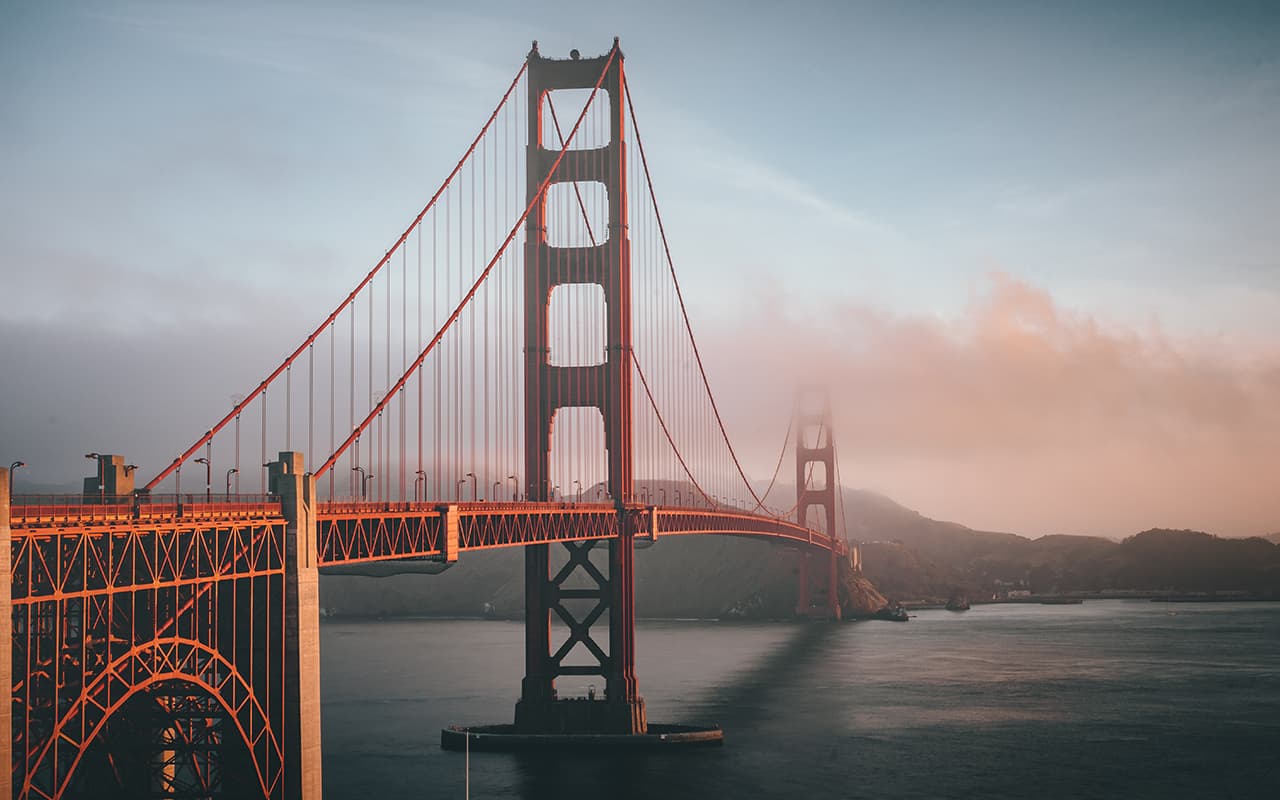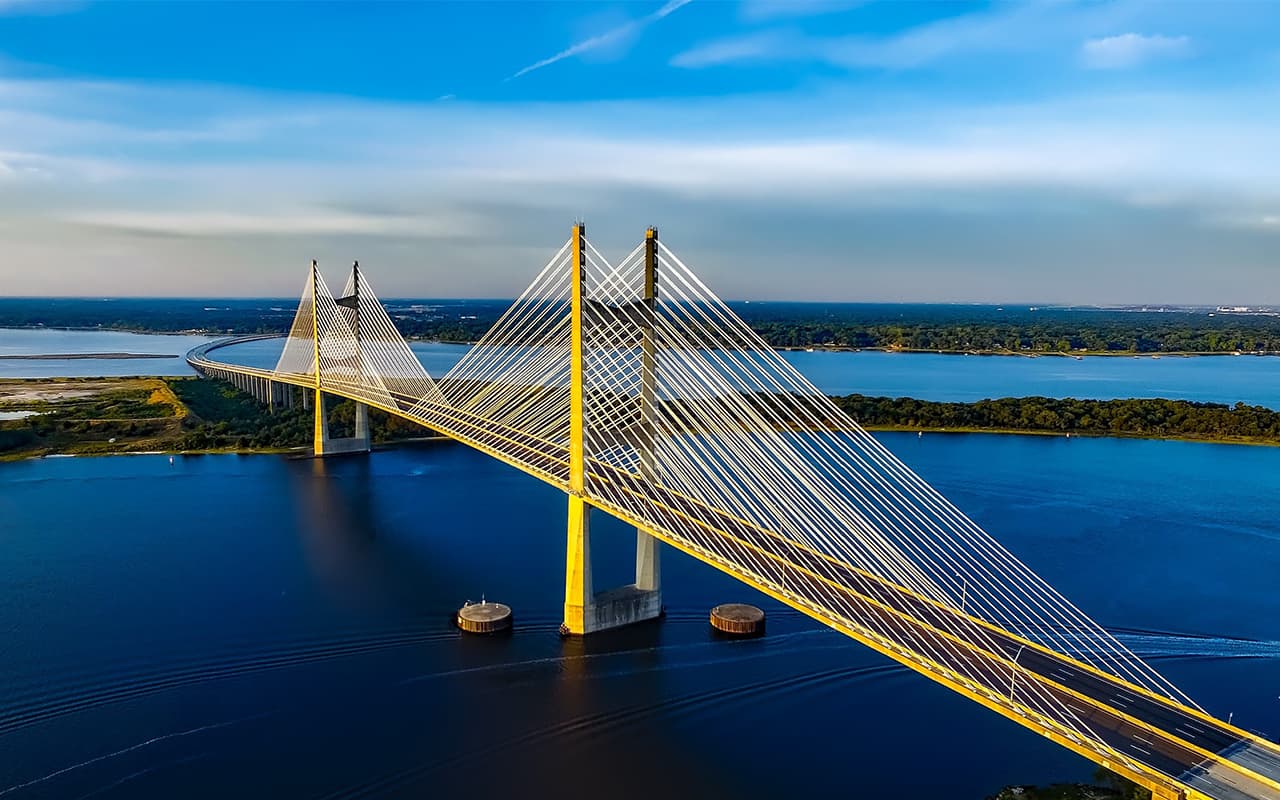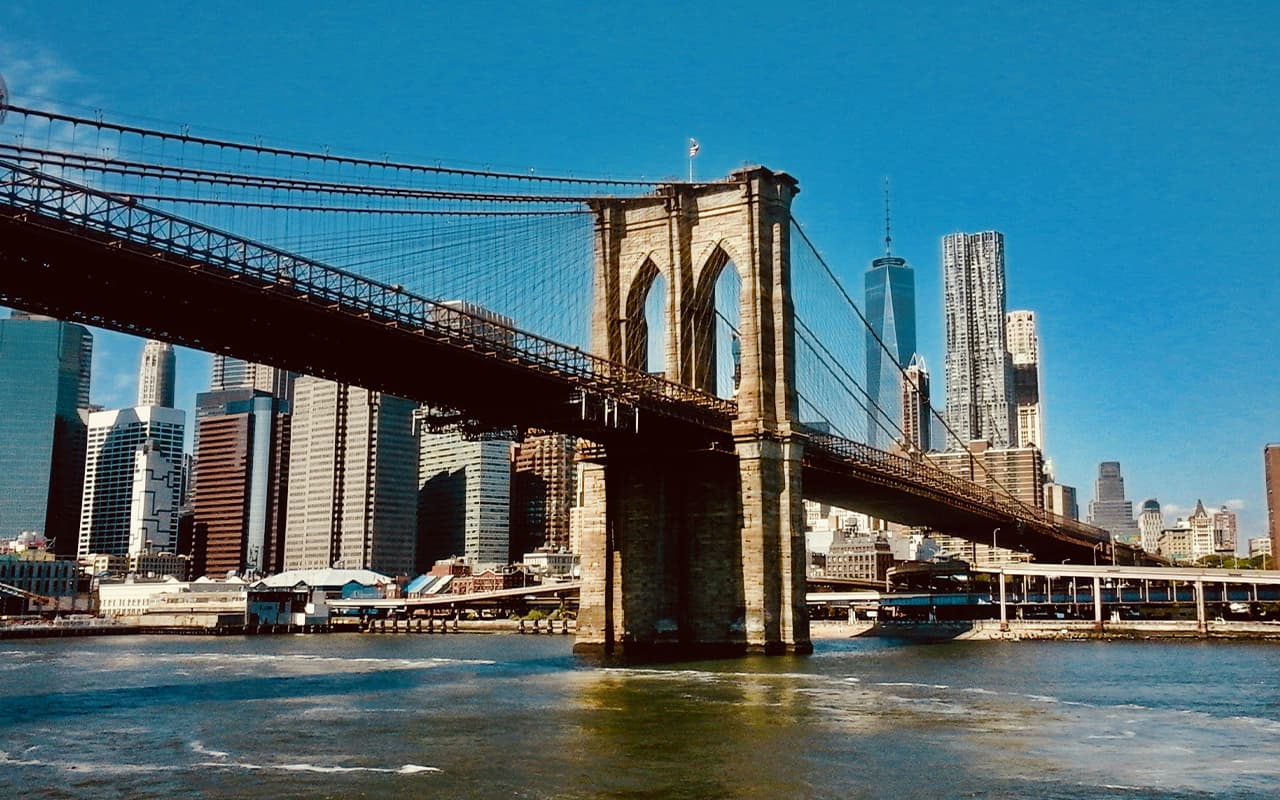The $1.9 billion Restoring George project started in 2015 and consists of 11 projects. The structure was opened to traffic on the upper level in 1931 and on the lower level in 1961 and reaches 4,760 feet between its anchorages.
Beginning in 2015, the restoration of the George Washington Bridge began with the rehabilitation of the lower street level, removal of lead paint along with the replacement of the moving maintenance platforms (traverse). All portions of the first contract of the project included priority repairs to structural elements found in the lower portion and supporting steel members of the lower level, in addition to lead paint removal, repainting, and replacement of the undercarriage.
Work on this part of the project was completed in 2017 and the bridge was reported to be in good condition.
Around the same time, the bridge also repaired the sidewalk on its lower level of the eastbound main span and associated access spans to provide a smoother surface for motorists. The sidewalk repairs were completed in 2016.
Upon completion of construction, the bridge’s interstate palisade walkway screw was replaced and the upper level spans over the Hudson Terrace and Anchorage New Jersey were rehabilitated. The new IP Helix Ramp improved the geometry and safety of the roadway, met current seismic codes, and provided new, smoother roadway surfaces on the upper level approaches. This part of the restoration was completed last year.
In 2017, work began on replacing the structure’s suspension ropes and restoring the main cables. For this part of the capital project, teams were assigned:
- Replaced all 592 suspension ropes and handrails, restored the main cable, enhanced security, replaced the upper level of the sidewalk, and installed new ADA ramps at all 4 sidewalk accesses, including guardrails along the entire length of the sidewalks;
- Installation of state-of-the-art trunk cable dehumidification systems, as well as anchors that will maintain a 40% moisture level to limit potential corrosion;
- Installation of a state-of-the-art acoustic monitoring system on all trunk cables to monitor the number and location of potential future wire breaks and to help track the condition of the trunk cables moving forward;
- Replacing the existing standard LED necklace with color-changing LED lighting.
As for the cables themselves, Roger Prince, deputy director of the port’s capital program, added: “We expect them to last well into the next century – it’s a once-in-a-lifetime thing.”
While other projects continued to launch in 2018, by 2019, Paint BidTracker reported that the Port Authority of New York and New Jersey was seeking contractors to restore and re-coat the lower deck and lower level.
The project is estimated to cost between USD 150 million and 200 million. The project involves removing lead paint, repainting, and replacing moving service platforms for the remaining structural repairs to the lower deck and lower level steel support members.
Specifically, for steel surfaces, surface preparation is required using one or more of the following methods: hand tool cleaning, power tool cleaning, white metal cleaning, commercial cleaning, brushing, abrasive blasting to near white, or abrasive blasting to bare metal (SSPC-SP 2, SP 3, SP 5, SP 6, SP 7, SP 10, and SP 11).
Unless otherwise specified, the steel was to be abrasive blast cleaned to a near white color (SSPC-SP 10) using a shot blasting machine from the production line or an air jet. The selected contractor will use SSPC-VIS 1 to assess the degree of cleaning. The steel elements were to be coated with a zinc-rich coating system. However, the system was subject to change according to project requirements.




